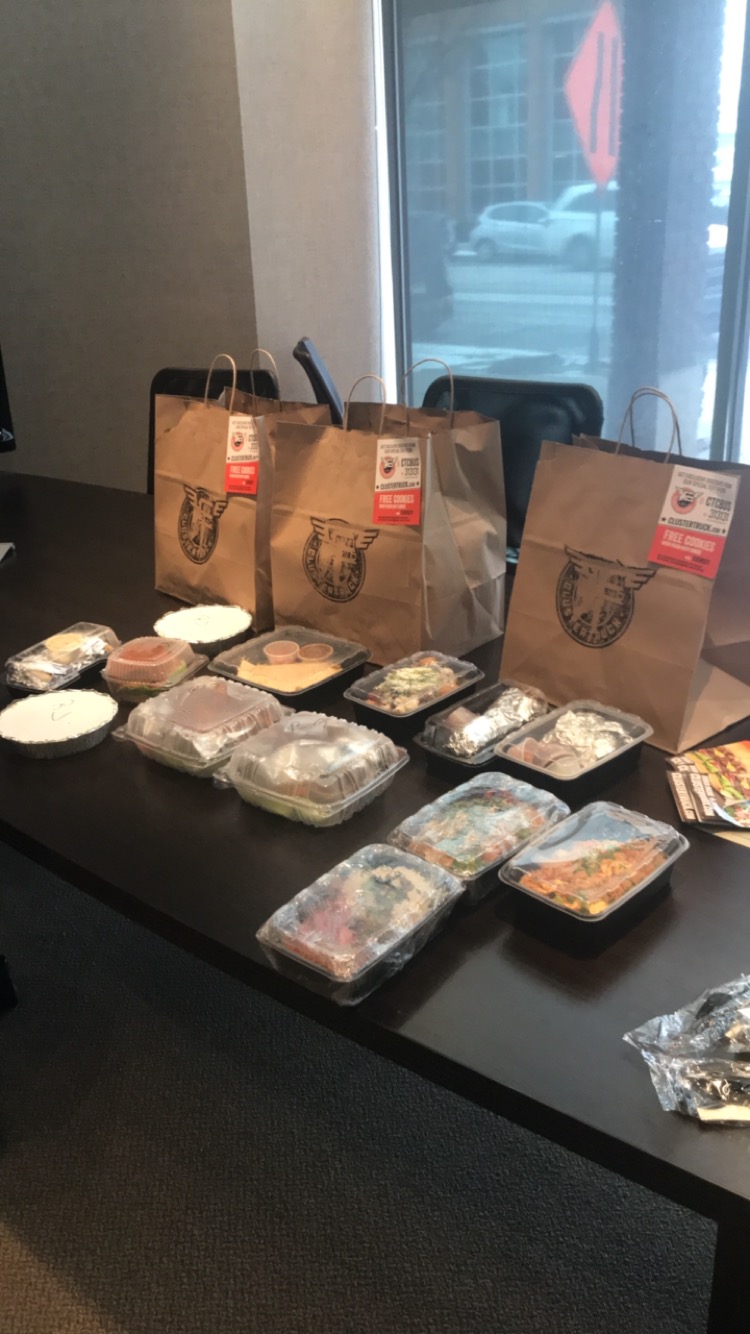Durb’s Inferno

It began with a prick—a tiny puncture of skin from a pilfered needle into the arm of a 14-year-old. This seemingly insignificant instance of a couple of angsty, prepubescent skateboarders breaking into a mother’s sewing kit was, in truth, the genesis of an undeniable force in Columbus tattoo culture.
Now 43, Durb Morrison has evolved from administering juvenile stick-and-pokes to playing head honcho at one of the tattoo industry’s most significant conventions, Hell City Tattoo Festival.
“I think tattoo art is important because it is life changing,” he said. “Tattoos have such deep meaning and personality. It makes people appear how they want to appear. Nobody can take it from you.”
When Durb was 18, his proclivity for tattoo art coupled with an eccentric artistic upbringing motivated him to leave Ohio and tattoo around the country. Through his travels he met and learned from a colorful cast of artists, including the historic West Coast inker, Sailor Moses.
“He was a father figure to me,” he said. “I tattooed for him when I was young. Moses took me under his wing. He taught me the mechanical side of tattooing—from the needles and inks to proper sterilization.”
After Durb’s adventures immortalizing art onto the bodies of hundreds of eccentrics around the country, he settled back into Columbus and opened Stained Skin—then later Second Skin in Newark—before eventually selling both to focus on organizing and promoting Hell City.
he settled back into Columbus and opened Stained Skin—then later Second Skin in Newark—before eventually selling both to focus on organizing and promoting Hell City.
“In 1994, the challenges of running a tattoo shop were a lot different than today,” he said. “Tattoo art was just making its break into the mainstream. Eventually it became systematic for me to run a business, but it was always important for me to make sure that the clients were comfortable and taken care of.”
Getting a tattoo is not a natural experience. To sit down and endure varied levels of pain for several hours is a bizarre ritual—an oddity that has even transcended time and culture. Morrison has had people pass out, urinate, vomit, and expel fecal matter onto his chair. However nauseating that may be, it is telling of the dedication and passion that people have for tattoo art. It will hurt, it will be intense, and it will be with you for life.
“To me, tattooing is one of the most, if not the most, meaningful art forms because it is so unforgiving,” he said. “My favorite moments are when people get a tattoo as a form of healing, or as a memorial. I love how a tattoo can help somebody get over something, or help with mourning. I very much enjoy helping change peoples’ lives. There [aren’t] a lot of jobs where you can do that.”
While Durb still administers private tattoos at Red Tree Gallery, his main focus is curating Hell City in Columbus and Phoenix.
“Hell City is a celebration of skin art,” he said. “It is a way for me, and everyone, to showcase tattooing in the best spotlight possible, and as a recognized art form. Participants can see different tattoo artists from all around the world. Hell City http://hellcity.com was always, for me, a way to give back to the tattooing community.”
For Durb, owning a tattoo shop and working on individual pieces of art was not enough. Creating Hell City served as a conduit for thousands of tattoo enthusiasts, musicians, weirdos, and observers to congregate in one place—and to rejoice in the culture of skin art.
The Hell City Tattoo Festival will be held May 1-3 at the Hyatt Regency Downtown in “Killumbus.” For more, visit hellcity.com.
BROUGHT TO YOU BY


